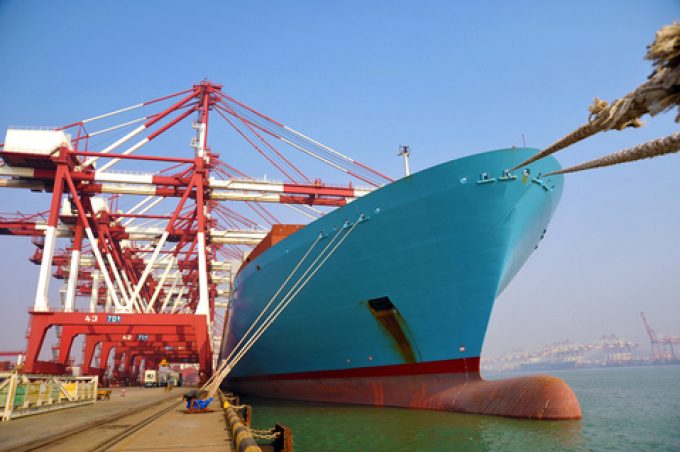'Weakened' Maersk paying a heavy price for its lack of fleet growth
MSC is flawlessly emulating dethroned rival Maersk’s old strategy by aggressively expanding its fleet and ...

After a three-year hiatus, Maersk has received its first newbuild ULCV with the charter of the scrubber-fitted 15,473 teu Maersk Cambridge.
The Danish carrier took charge of the ship this week from London-headquartered shipowner Zodiac Maritime, and is expected to take delivery of “at least” five more sister vessels under construction at the South Korean yard of DSME, according to Alphaliner.
The daily hire rate and duration of the charter party has not been disclosed, although VesselsValue data indicates a 10-year period ...
Transpacific sees first major MSC blanks as rates fall and volumes falter
'It’s healthy competition' Maersk tells forwarders bidding for same business
Opposition builds for final hearing on US plan to tax Chinese box ship calls
White House confirms automotive tariffs – 'a disaster for the industry'
New price hikes may slow ocean spot rate slide – but for how long?
Supply chain delays expected after earthquake hits Myanmar
Shippers snap up airfreight capacity to US ahead of tariff deadline
Good start for Gemini, liner schedule reliability data reveals

Comment on this article